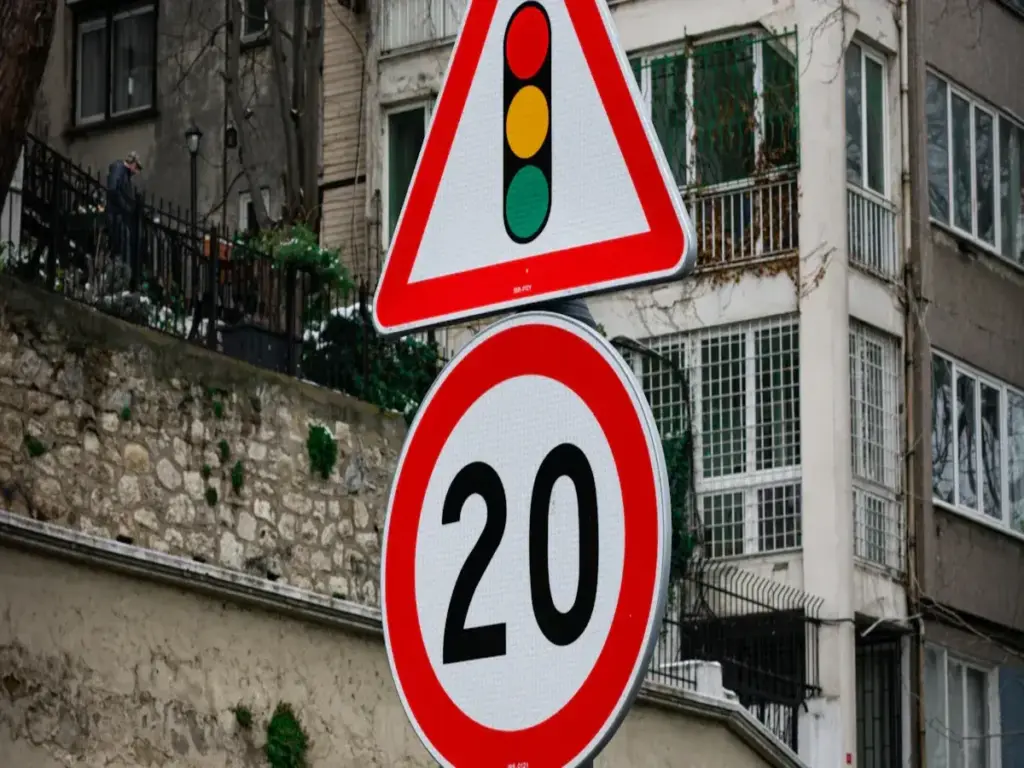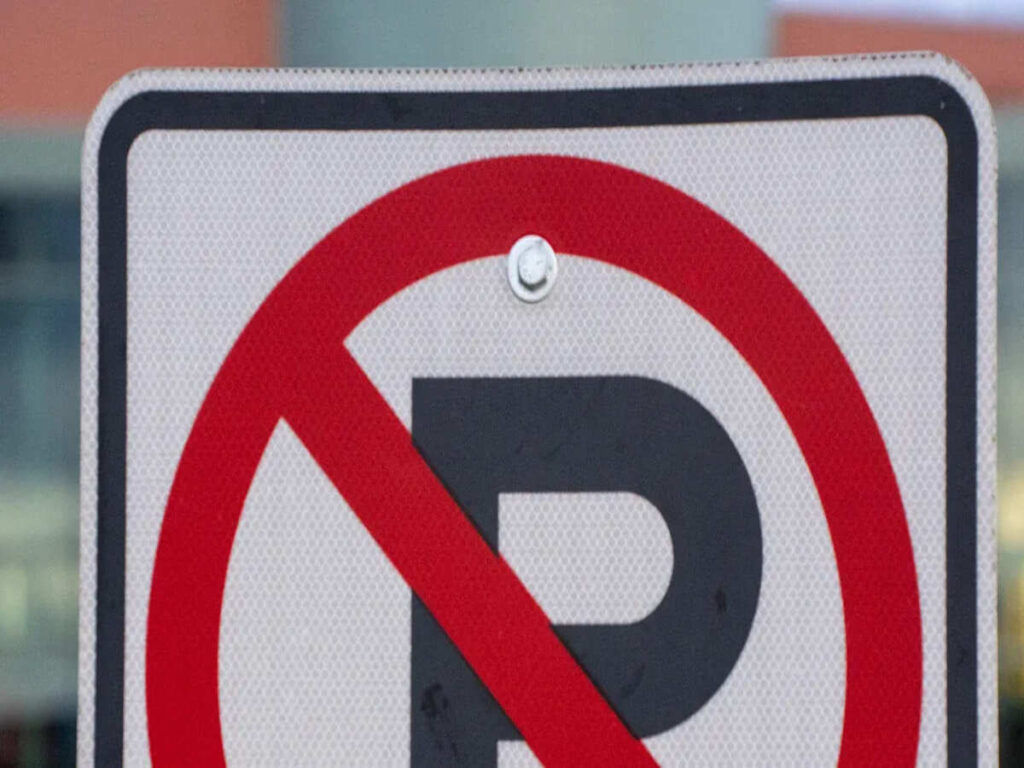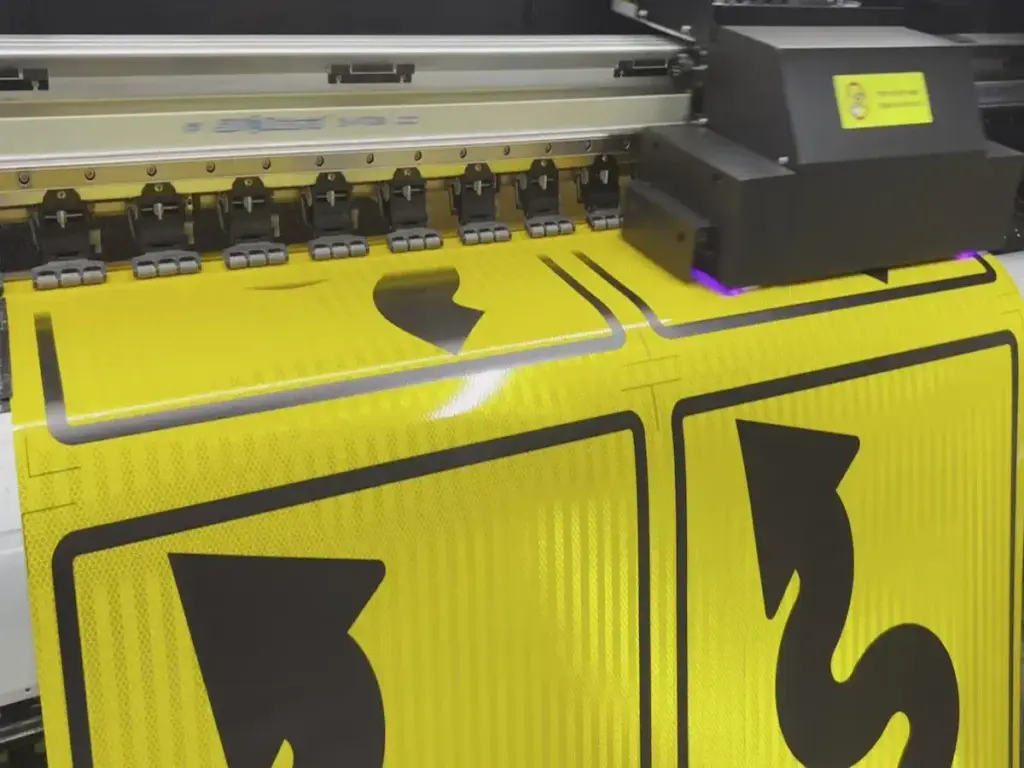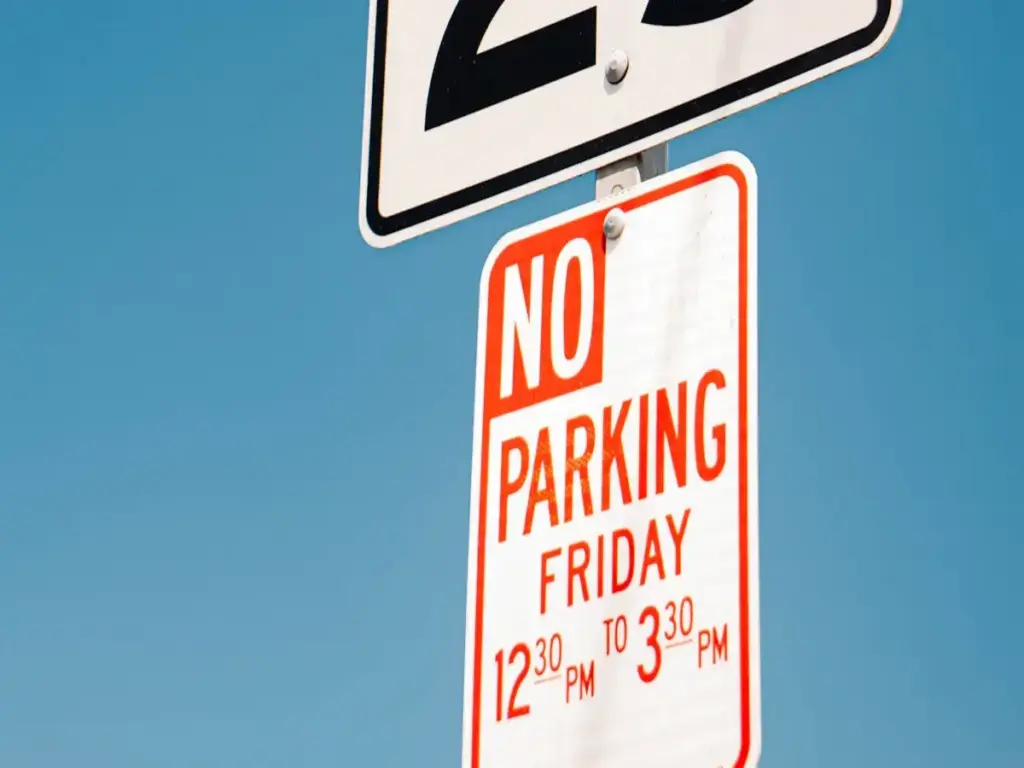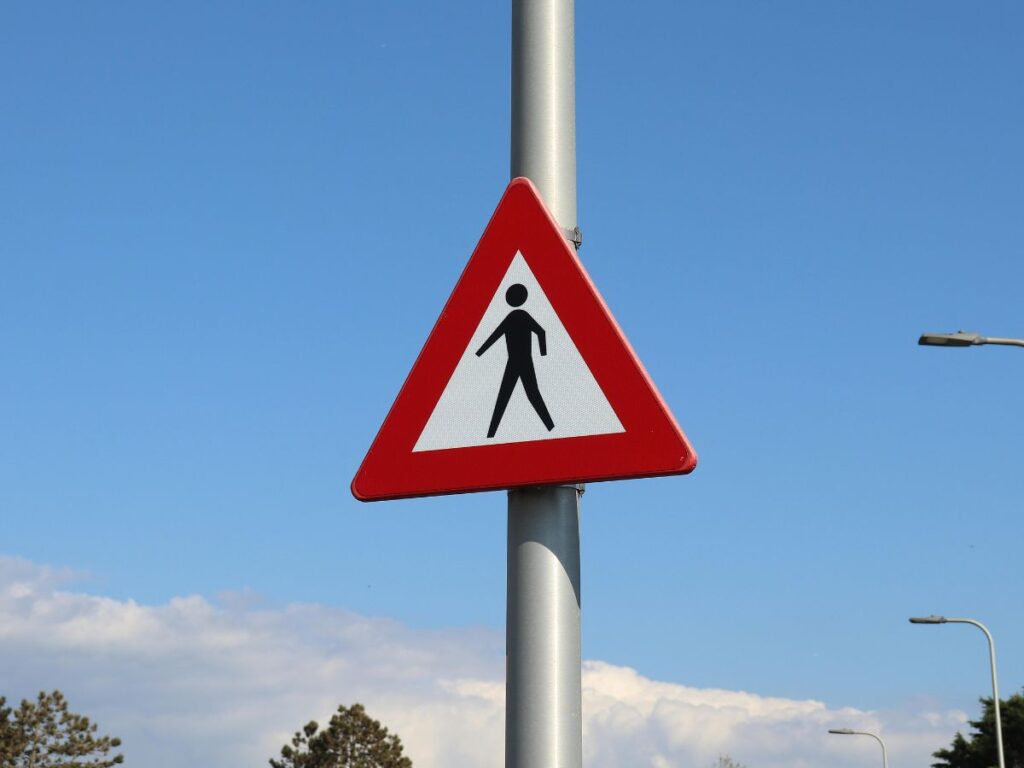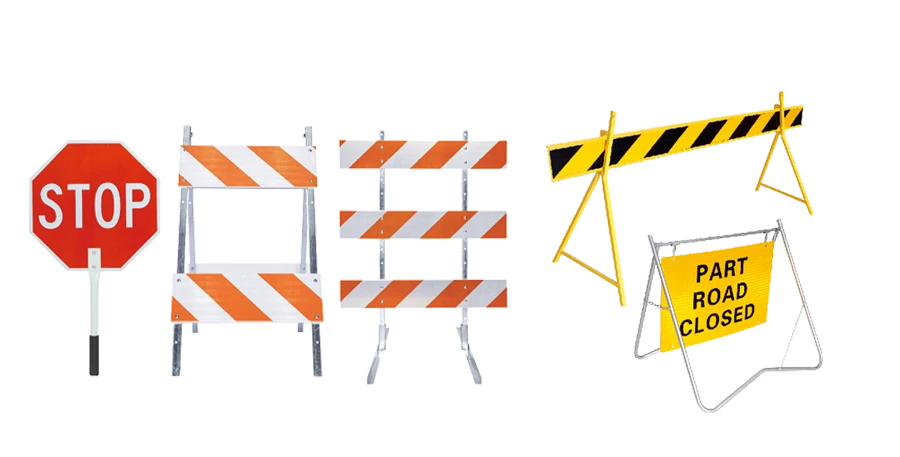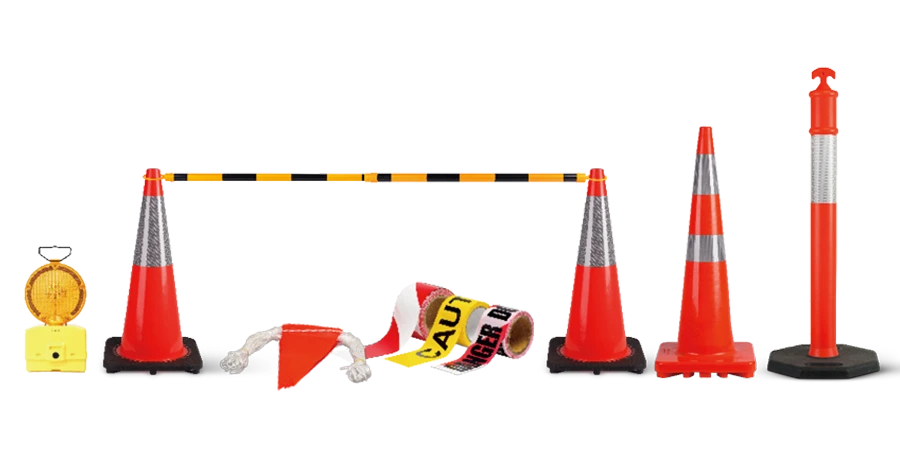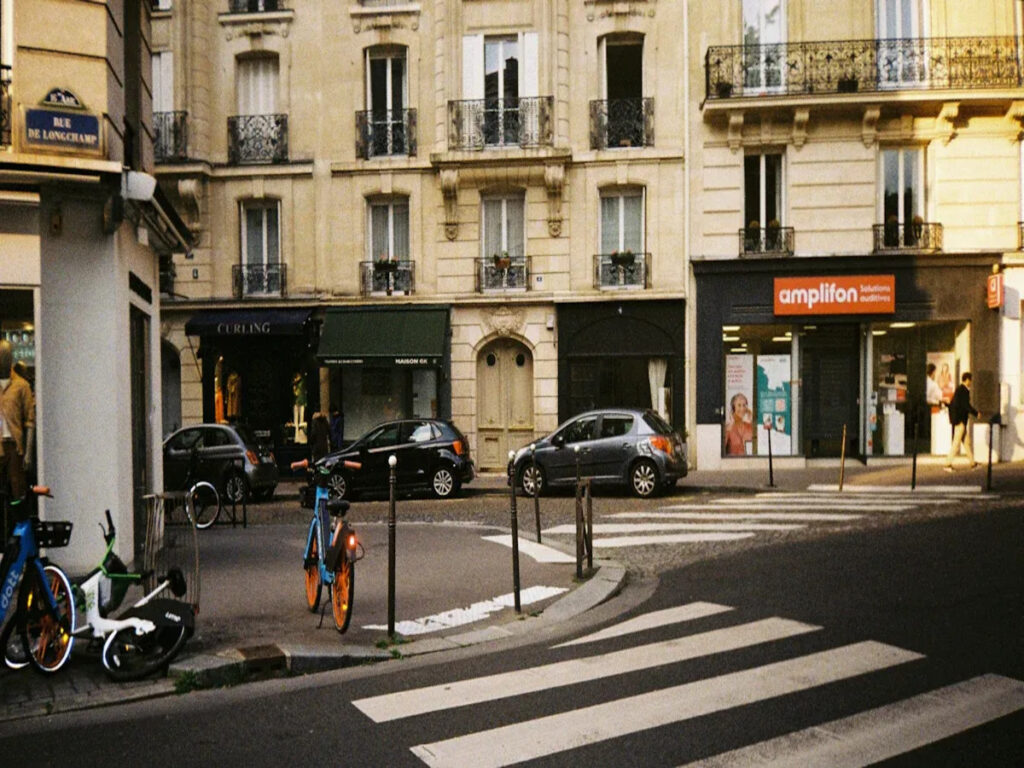
Paris é diferente de outras grandes cidades porque dificilmente usa STOP SIGNS. Os registros da cidade mais novos dizem que há apenas um sinal de parada real em Paris. É no 16º arrondissement na saída de uma empresa de construção. A cidade usa outras maneiras de controlar o tráfego. Os motoristas em Paris costumam usar o “prioridade à direita” governar ou passar por rotatórias. Dessa forma, o tráfego se move bem e mostra uma maneira especial de lidar com as ruas da cidade.
Takeaways -chave
- Paris tem muito poucos sinais de parada. A cidade usa a prioridade da direita’ regra e rotatórias. Isso ajuda o tráfego a se mover bem.
- Paris coloca sinais de rendimento e semáforos em vez de sinais de parada. Isso ajuda os motoristas a prestar atenção. Também torna as estradas mais seguras.
- Paris tem ruas estreitas e planejamento inteligente da cidade. Isso deixa carros, bicicletas, E as pessoas compartilham espaço. Eles não precisam de muitos sinais de parada.
- Os motoristas em Paris seguem regras simples e dirigem com cuidado. Isso mantém acidentes baixos, Mesmo com menos sinais de parada.
- Outras cidades podem aprender com Paris. Eles podem usar regras claras, Bom design de rua, e ajuda da comunidade. Isso pode tornar o tráfego melhor e mais seguro.
Sem sinais de parada nas estradas de Paris

Filosofia do tráfego de Paris
Paris adota uma abordagem única para gerenciar suas estradas. A cidade fez uma escolha deliberada para remover sinais de parada de quase todos os cruzamentos. Esta decisão começou na década de 1950, quando as placas de parada apareceram pela primeira vez na França. Por 2012, Apenas um sinal de parada permaneceu em Paris, E ficou em Quai Saint-Exupéry no 16º arrondissement. As pessoas costumavam roubar esse sinal porque era famoso. Em 2016, A prefeitura da polícia de Paris decidiu remover todos os sinais de parada da cidade. O objetivo principal era ajudar o tráfego a se mover mais suavemente e evitar dar aos residentes multas desnecessárias. Em vez de confiar em sinais de parada, Paris usa outros métodos para controlar o fluxo de veículos.
Paris acredita que menos sinais de parada ajudam os motoristas a prestar mais atenção e manter o tráfego em movimento. Esta filosofia suporta uma cidade mais segura e eficiente.
Prioridade para a regra certa
O “prioridade à direita” A regra é uma parte essencial das regras da estrada em Paris. Esta regra significa que os motoristas devem dar o direito de passagem aos veículos provenientes da direita nos cruzamentos. O código da rodovia, qual é o guia oficial para estradas francesas, explica esta regra claramente. Os motoristas em Paris seguem esta regra, a menos que um sinal ou semáforo diga o contrário. A regra não se aplica em rotatórias, onde os carros já têm o direito de passagem. Algumas grandes rotatórias em Paris, Como lugar de l'etoile, ter regras especiais em que a entrada de tráfego tem prioridade.
Este sistema incentiva os motoristas a desacelerar e olhar cuidadosamente para cada cruzamento. A ausência de sinais de parada não torna as estradas mais perigosas. Na verdade, Ele cria um espaço compartilhado onde todos devem ficar alertas e respeitar os outros. Muitas pessoas pensam que nenhum sinal de parada significa mais acidentes, Mas Paris mostrou que o design cuidadoso e as regras claras podem manter as estradas seguras.
Rendimento de sinais e semáforos
Paris usa sinais de rendimento e semáforos em vez de sinais de parada para gerenciar cruzamentos. Os sinais de rendimento dizem aos motoristas para desacelerar e dar o direito de passagem se outro carro estiver chegando. Os semáforos controlam interseções ocupadas e ajudam a manter o tráfego em movimento em todas as direções. Essas ferramentas funcionam juntas para criar um fluxo suave de veículos através da cidade.
Os lugares da cidade produzem sinais de onde os motoristas precisam ter cuidado extra. Os semáforos aparecem nas principais encruzilhadas e ruas movimentadas. Este sistema ajuda a evitar engarrafamentos e impede que os carros parem quando não é necessário. Paris mostra que uma cidade não pode ter sinais de parada e ainda manter o tráfego seguro e eficiente.
Observação: O uso de sinais de rendimento e semáforos em Paris reflete um foco na eficiência e segurança. Os motoristas aprendem a observar sinais e respeitar o direito de passagem, o que ajuda todos a se mover pela cidade com menos atrasos.
Design urbano & Estradas de Paris
Ruas e cruzamentos estreitos
Paris tem muitas ruas estreitas e travessias movimentadas. Essas pequenas estradas tornam difíceis de usar os sinais de parada. Os motoristas costumam chegar a um cruzamento sem semáforos. Eles devem seguir regras e sinais claros em vez disso. As estradas torcem e giram, Fazendo pequenos espaços para carros, bicicletas, e pessoas. Este design vem da longa história de Paris e prédios antigos. Estradas largas não são comuns no centro da cidade. O planejamento da cidade ajuda todos a compartilhar a estrada. Os pedestres cruzam com segurança devido a marcas e sinais claros. Paris mostra que um bom design pode orientar o tráfego sem muitos sinais de parada.
Rotatórias e zonas de pedestres
Rotatórias são muito importantes em Paris. A França tem mais rotatórias do que qualquer outro país da Europa. Paris tem algumas das rotatórias mais famosas. The Place de l'étoile é a maior rotatória da França. Permite que os carros se movam ao redor do arco de triomphe facilmente. Paris também transforma antigas rotatórias em lugares para as pessoas. Por exemplo, Place de la République costumava ter uma rotatória. Agora é uma grande zona de pedestres. Isso dá mais espaço às pessoas andando e torna a área mais segura. A cidade tenta equilibrar o tráfego com lugares para as pessoas caminharem e se encontrarem.
Fluxo de tráfego eficiente
Paris usa maneiras inteligentes de manter o tráfego em movimento. A cidade acrescenta rotatórias, zonas de pedestres, e semáforos para ajudar carros e pessoas a compartilhar as estradas. Estudos mostram que as rotatórias podem diminuir engarrafamentos e atrasos. Por exemplo, Um estudo da Turquia descobriu que as rotatórias fizeram os cruzamentos funcionarem melhor por quase 68% e cortar atrasos por cima 70%.
Paris também usa sistemas de tráfego em tempo real para alterar sinais e ajudar a fluir de tráfego. Mesmo quando mais pessoas andam e bicicleta, Estalos de trânsito não pioram. Isso mostra que usando rotatórias, zonas de pedestres, E sinais inteligentes podem tornar o tráfego melhor e as estradas mais seguras para todos.
Fluxo de tráfego & Segurança
Comportamento do motorista em Paris
Os motoristas em Paris são muito cuidadosos na estrada. Eles assistem a outros carros e procuram pessoas andando em cada esquina. A maioria das pessoas aprende as regras de direção antes de começar a dirigir em Paris. Os motoristas sabem que precisam desacelerar e verificar os dois lados, especialmente onde não há sinais de parada. Eles costumam usar sinais de mão ou olhar para os outros para mostrar o que planejam fazer. Isso ajuda os carros a se mover sem parar muito. Os motoristas também sabem que devem deixar as pessoas atravessarem a rua, o que ajuda todos a confiarem um no outro.
Taxas de acidentes sem sinais de parada
Algumas pessoas temem que ter menos sinais de parada possa causar mais acidentes. Mas estudos mostram que Paris não tem mais acidentes por causa de seu sistema. A cidade usa sinais claros, semáforos, e linhas de estrada para ajudar a todos. Os motoristas seguem as regras e prestam atenção. Isso mantém o número de acidentes baixos. A cidade se preocupa com a segurança para os motoristas e as pessoas andando. Paris mostra que um bom planejamento e hábitos seguros podem manter as estradas seguras, mesmo com poucos sinais de parada.
Medidas de segurança para pedestres
As pessoas que andam em Paris têm muitas maneiras de permanecer seguro. A cidade tem faixas de faixa, semáforos, e as calçadas levantadas para protegê -las. Sinais e sinais brilhantes dizem aos motoristas que diminuem a velocidade e observe as pessoas. Muitas ruas têm áreas especiais apenas para caminhar. Esses lugares ajudam a interromper acidentes e tornar a caminhada mais segura. A cidade também ensina as pessoas a respeitar aqueles que passam por mensagens públicas. Os motoristas aprendem a parar e deixar as pessoas atravessarem todas as faixas de pedestres. Essas ações ajudam a tornar as estradas mais seguras para todos.
STOP SIGNS vs.. Sistema de Paris
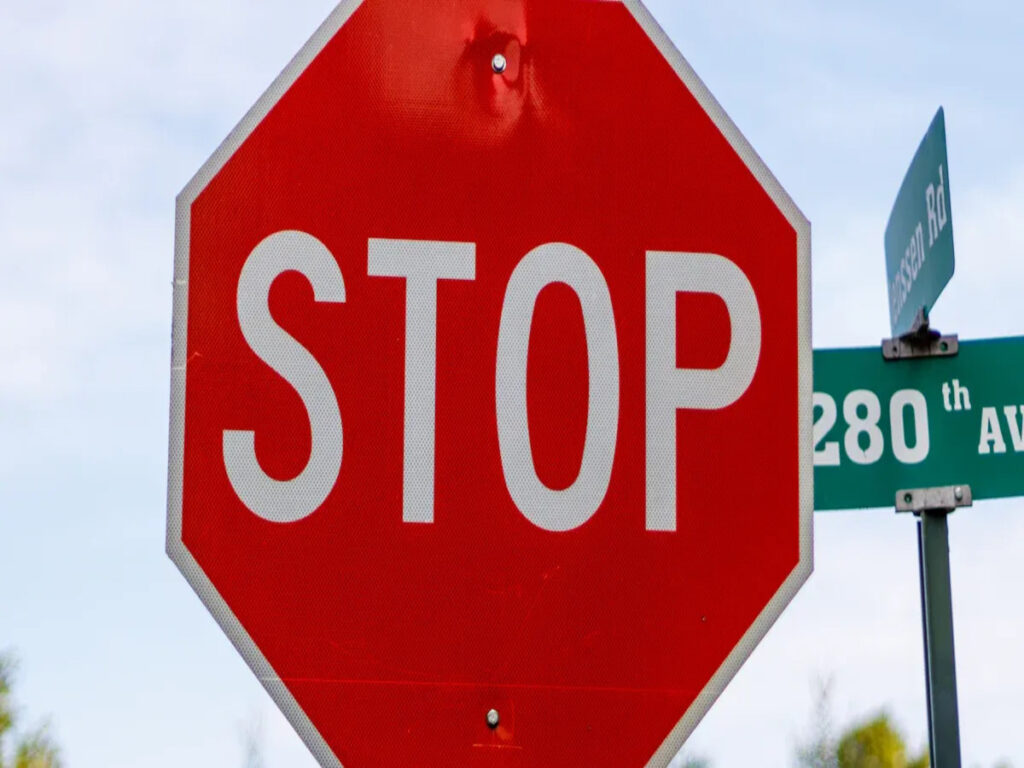
Comparação com outras cidades
As cidades usam maneiras diferentes de controlar o tráfego nas cruzamentos. Paris é especial porque quase nunca usa sinais de parada. Nova York e Londres usam sinais de parada e outros controles para gerenciar ruas ocupadas. Essas cidades querem manter todos seguros, Então eles usam regras e sinais claros.
A tabela abaixo mostra como Paris, Nova Iorque, e Londres comparam as mudanças de segurança e interseção de pedestres:
| Cidade | Fatalidades de pedestres (por milhão/ano) | Ferimentos (por milhão/ano) | Melhorias de segurança de interseção |
|---|---|---|---|
| Paris | 20 | 3,640 | Espaços compartilhados, Prioridade para pedestres, 12 Limites de velocidade MPH, Mais calçadas, tráfego calmante |
| Nova Iorque | 32 | 8,130 | Ruas redesenhadas, pistas de bicicleta protegidas, zonas lentas, medianas elevadas |
| Londres | N / D | N / D | Nenhum dado específico disponível |
Paris usa espaços compartilhados e limites de baixa velocidade para tornar os cruzamentos mais seguros. Nova York mudou muitas ruas com ciclovias protegidas e zonas lentas. Londres também usa sinais de parada e semáforos, Mas há menos informações sobre sua segurança de interseção.
Vantagens de sem sinais de parada
Estudos mostram que remover sinais de parada e usar espaços compartilhados tem muitos benefícios:
- As pessoas podem andar mais livremente, mesmo no meio da rua.
- Ruas se tornam melhores para as pessoas, bicicletas, e carros para compartilhar.
- A cidade economiza dinheiro usando marcas de estrada simples e calçadas em vez de sinais caros.
- Limites de velocidade mais baixa e projetos especiais diminuem os carros e tornam as ruas mais seguras.
- Espaços compartilhados ajudam as pessoas a andar ou andar de bicicleta, O que é bom para o meio ambiente.
- As antigas ruas estreitas em Paris se encaixam bem com este sistema.
Observação: Alguns problemas ainda existem, Como manter todos os cruzamentos seguros e proteger as pessoas nas estradas mais movimentadas.
Lições para o tráfego urbano
Planejadores urbanos em outras cidades aprenderam lições importantes do caminho de Paris:
- Mudando ruas pesadas em lugares em lugares para as pessoas, com calçadas mais largas e espaços verdes, pode diminuir o uso de carros.
- Adicionar mais ciclovias e melhor transporte público dá às pessoas mais maneiras de viajar sem carros.
- O apoio dos líderes ao longo do tempo ajuda a fazer grandes mudanças acontecer, Mesmo que algumas pessoas não concordem no início.
- Gastar dinheiro em transporte público fora do centro da cidade ajuda a todos, não apenas pessoas no centro.
- Bom design de rua e nova infraestrutura podem diminuir acidentes e poluição do ar, mesmo sem preços de congestionamento.
- Cidades como Nova York podem escolher certas ruas para pedestres, Adicione mais ciclovias, e planeje mudanças ao longo do tempo.
Os planejadores veem que o sistema de Paris funciona melhor com um design cuidadoso, regras claras, e forte apoio da comunidade. Enquanto sinais de parada ajudam muitas cidades a permanecer seguras, Paris mostra que outras maneiras também podem funcionar bem.
Papel dos sinais de parada no planejamento urbano
Importância da sinalização rodoviária
Os sinais de estrada claros são muito importantes para a segurança da cidade. Nas cidades com sinais de parada, os motoristas procuram sinais para saber o que fazer. Esses sinais dizem a eles quando parar, colheita, ou cuidado para as pessoas andando. Boas sinais de parada ajudam os motoristas a saber quem deve ir primeiro. Isso torna as coisas menos confusas e ajuda a parar de acidentes. Estudos dizem que sinais claros podem diminuir acidentes por 25%. Eles também ajudam mais pessoas a seguir as regras, até 40% mais. Quando os motoristas vêem as placas rapidamente, Eles podem reagir rapidamente e fazer escolhas mais seguras. Bons sinais também ajudam os veículos de emergência a chegarem às pessoas mais rapidamente. Isso pode tornar os tempos de resposta melhores por 15%. Cidades com bons sinais têm menos acidentes e estradas mais seguras para todos.
Dica: Verificar e consertar sinais geralmente os mantém brilhantes e fáceis de ver, mesmo à noite ou em mau tempo.
Soluções de sinalização para cidades
Os planejadores urbanos escolhem os melhores sinais para cada rua. Brilhante, sinais de parada reflexivos são fáceis de ver sob qualquer luz. Novas idéias, como superfícies de favo de mel e luzes LED, Torne os sinais de parada ainda mais fáceis de identificar no nevoeiro, chuva, ou escuro. Esses sinais seguem regras estritas de segurança e duram muito tempo, mesmo com muito uso. A tabela abaixo lista alguns novos tipos de sinal e como eles ajudam as cidades:
| Tipo de inovação | Descrição | Benefício urbano |
|---|---|---|
| Prismático de grau de diamante | Reflete até 60% de luz, visível até 1,600 pés | Melhora o tempo de reação e a segurança |
| Folha fluorescente | Cores brilhantes para condições de pouca luz | Reduz os acidentes, Ajuda em cruzamentos |
| Honeycomb Reflexivo | Reflete luz de muitos ângulos | Permanece visível em todo o tempo |
| Sinais aprimorados por LED | Luzes embutidas para visibilidade extra | Ajuda os motoristas a ver sinais à noite |
Optraffic faz muitos desses novos sinais de parada e ferramentas de trânsito. Seus sinais usam materiais fortes que atendem às regras de segurança. Cidades, empresas, e os líderes locais recebem estradas mais seguras quando usam esses sinais. Melhores sinais significam travessias mais seguras, Menos acidentes, e tráfego mais suave. Bom planejamento com os sinais certos ajuda todos a passar pela cidade com segurança e com confiança.
Paris é diferente porque não usa muitos sinais de parada. A cidade usa regras claras, rotatórias, e sinais inteligentes para ajudar o tráfego a se mover com segurança. Outras cidades podem aprender com Paris ou escolher o que funciona melhor para eles.
- As cidades podem usar sinais de parada ou tentar novas maneiras de tornar as estradas mais seguras.
- Optraffic tem fortes sinais para todos os tipos de necessidades.
Confira os produtos da Optraffic e obtenha ajuda de especialistas para melhorar o tráfego hoje!
Perguntas frequentes
Por que Paris não usa sinais de parada?
Paris usa o “prioridade à direita” regra e rendem sinais. Este sistema ajuda o tráfego a se mover sem problemas. Os planejadores da cidade acreditam que menos sinais de parada fazem os motoristas prestarem mais atenção nos cruzamentos.
As estradas de Paris são seguras sem sinais de parada?
As estradas de Paris permanecem seguras porque os motoristas seguem regras claras. A cidade usa semáforos, sinais de rendimento, e marcadas faixas de pedestres. Estudos mostram que as taxas de acidentes permanecem baixas com essas medidas de segurança.
Como os motoristas sabem quem vai primeiro nos cruzamentos?
Os motoristas em Paris seguem o “prioridade à direita” regra. Se dois carros chegarem ao mesmo tempo, O carro à direita vai primeiro. Sinais e marcações de estradas ajudam a guiar os motoristas.
Outras cidades podem usar o sistema de tráfego de Paris?
Algumas cidades podem usar partes do sistema de Paris. Cidades com ruas estreitas ou muitos pedestres podem se beneficiar. Os planejadores urbanos devem estudar necessidades locais antes de fazer alterações.
O que torna um sinal de parada fácil de ver?
Um sinal de parada se destaca quando usa cores brilhantes e materiais refletivos. Alguns sinais têm luzes LED ou revestimentos especiais. Esses recursos ajudam os motoristas a ver sinais em todos os clima e condições de iluminação.

